2022
Type of resources
Topics
INSPIRE themes
Provided by
Years
Formats
Representation types
Update frequencies
status
-
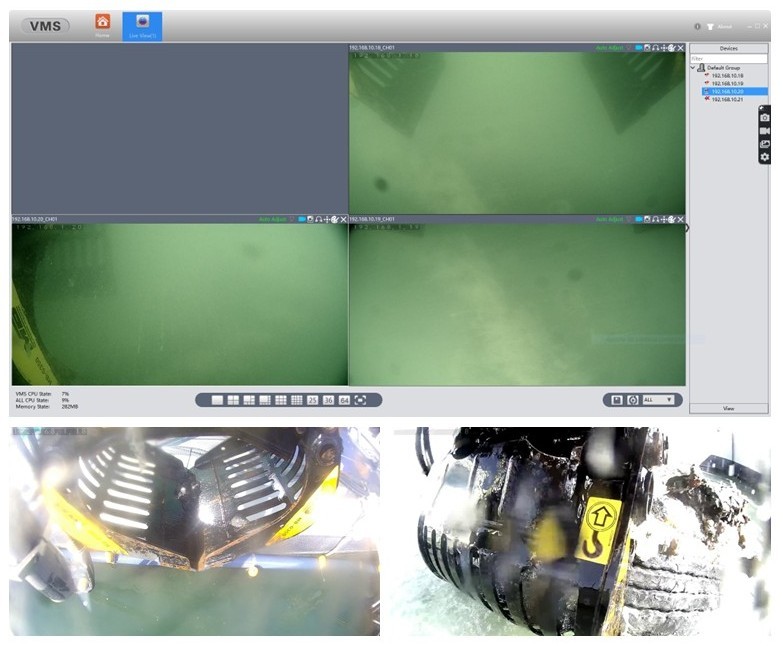
The robotic seabed cleaning platform developed by TECNALIA, CNRS- LIRMM and “Servizi Tecnici”, consists in a floating platform which, through cables and winches, the seabed cleaning robot is attached. The structure is equipped with a set of sensors for underwater perception to control the robot and detect & identify the marine litter to be removed. Moreover, the robotic platform is characterized by two different tools that allow to collect the ML on the seabed: a drudge to suck up smaller litter and a gripper to grasps larger items like tires, parts of boats, fishing nets etc.
-
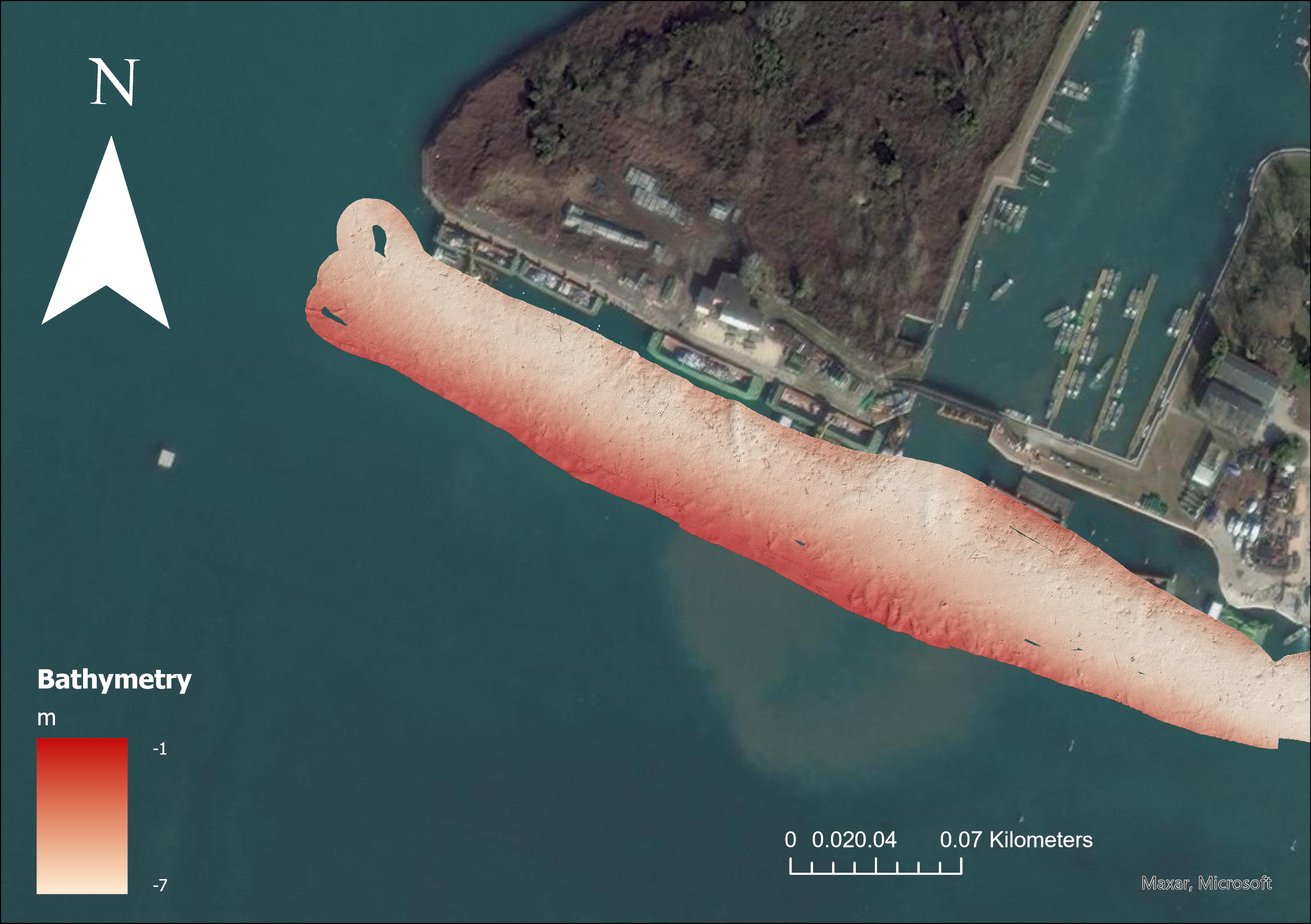
Data collected in October 2021 by CNR- ISMAR VE within the MAELSTROM project with the aim to map marine litter on the seafloor
-
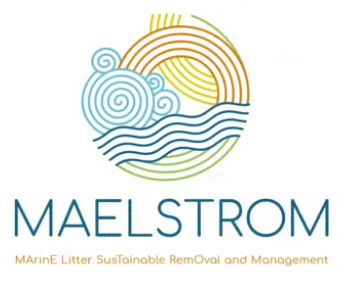
New solutions for the recovery of marine plastics and litter: The global marine plastic litter challenge comprises an estimated stock of 83 million tonnes of plastic waste accumulated in oceans. The recovery of plastic materials already in the ocean is an arduous and costly task. This is why innovations are urgently needed. The EU-funded MAELSTROM project is bringing together key stakeholders – from research centres and recycling companies to marine scientists and robotic experts – to leverage the integration of complementary technologies for the sustainable removal of marine litter in different European coastal ecosystems. The project will design, manufacture and integrate scalable, replicable and automated technologies, co-powered with renewable energy and second-generation fuel, to identify, remove, sort and recycle all types of collected marine litter into valuable raw materials. Objective: MAELSTROM strives to provide answers and diversified solutions to the complex question to the removal and sustainable treatment of marine litter legacy. MAELSTROM leverages on the integration of complementary technologies for marine litter removal in different European coastal ecosystems, compounded with full-fledged circular economy and societal oriented solutions. In particular, the project (i) sets out a reliable multidisciplinary and scientifically sound approach for the assessment of marine debris distribution and impact on marine life in highly valuable ecosystems and protected areas; (ii) designs and manufactures scalable, replicable and automated technologies, co-powered with renewable energy and second generation fuel, to identify, remove and sort marine litter; (iii) evaluates over time the effectiveness of marine litter removal devices along with their impact on local ecosystems; (iv) integrates different technologies to track, sort and recycle all types of collected marine litter into valuable raw materials for future marketisation; (v) assesses the economic and societal impact of the MAELSTROM solutions providing also a comprehensive life-cycle assessment of the technologies and products; (vi) enhances social awareness about the marine litter issue and engages citizens and stakeholders in MAELSTROM activities; (vii) interplays with similar projects to maximize innovation uptake for marine litter removal within and outside the EU. MAELSTROM is formally supported by a set of key stakeholders committed to sustain its core actions and its follow up activities. The consortium is a tight knit group made of research centers and foundations of excellence in marine life, biology and sustainable energy, AI and robotics, multinational /national recycling companies with certified industrial plants, a market consultancy company, a micro-enterprise and a plastic-focussed NGO.
-
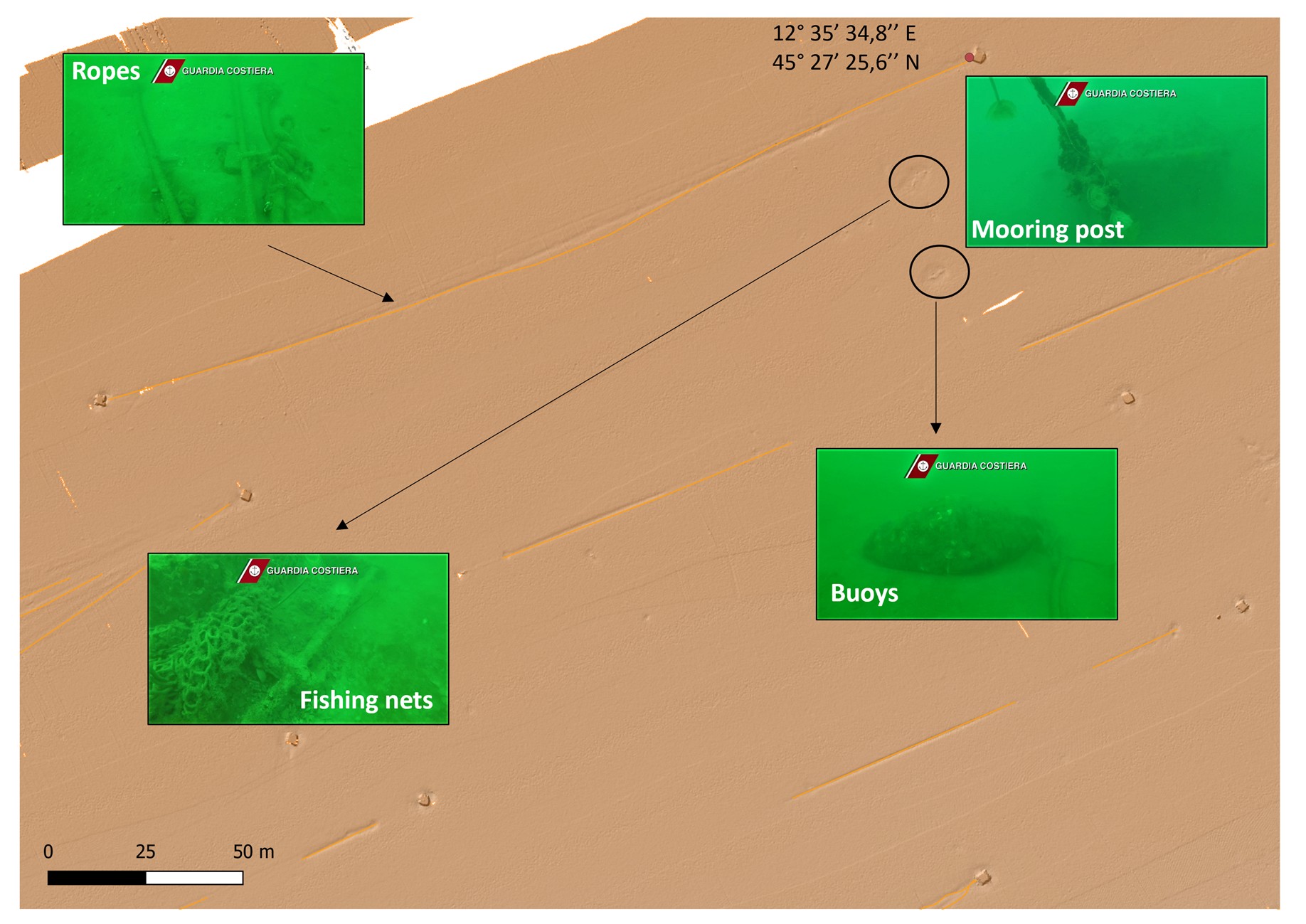
As part of the MAELSTROM project, a video survey was conducted on 23 September 2022 at the abandoned mussel farm (MF) site in the coastal area outside the Venetian lagoon. The purpose of the survey was to visually document and classify marine debris items on the seabed and to support the validation of previous bathymetric analyses. The inspection revealed several types of debris, including mooring structures, ropes, and derelict fishing gear, elements that are often challenging to detect through remote sensing techniques alone.
-
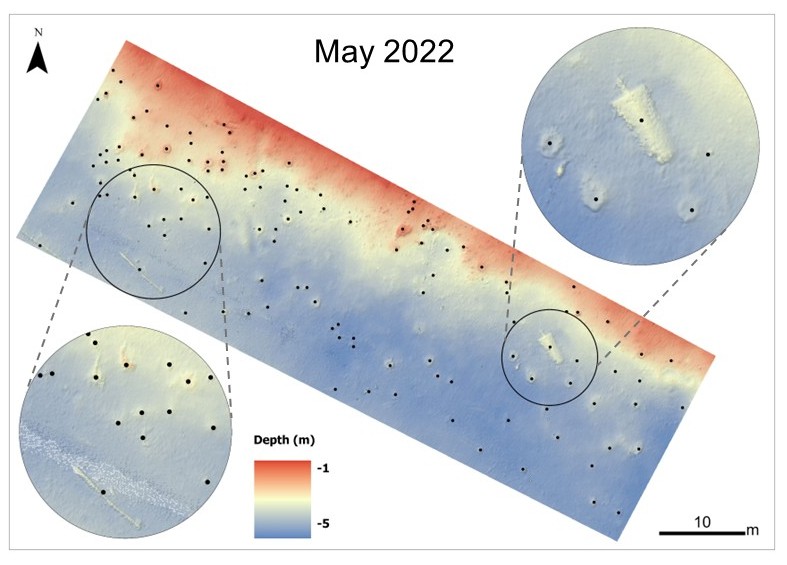
For this project, two study areas were selected and both are characterized by the presence of marine litter that has accumulated over time: a lagoon area (Sacca Fisola) and a coastal area, the latter located on an abandoned mussel farm.The lagoon site of Sacca Fisola is situated in an area where waste accumulates in substantial quantities. Consequently, the channel's seabed is marked by a significant presence of waste. Some of these waste items are buried beneath layers of sediment, while many others remain visible on the surface and can be identified using the bathymetric map generated from MultiBeam EchoSounder (MBES) data.
-
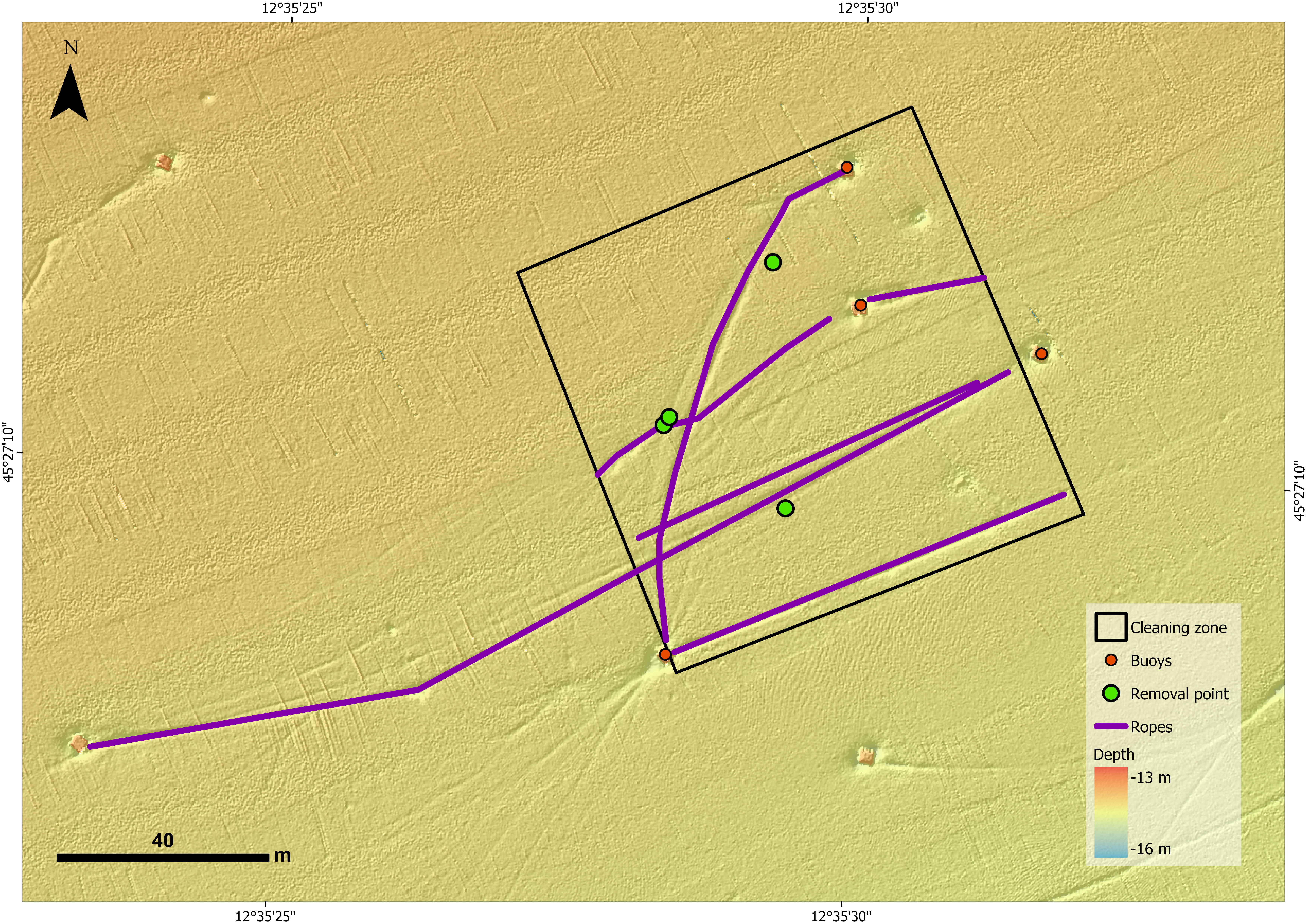
For this project, two study areas were selected and both are characterized by the presence of marine litter that has accumulated over time: a lagoon area (Sacca Fisola) and a coastal area, the latter located on an abandoned mussel farm. The abandoned mussel farm is situated across of the mouth of the river Sile, about 1.7 nautical miles from the coast. It covers a total area of 1960000 sqm with an average depth of 14 m. Mussel farm encloses a sub area called Experimental Field, used in the past for research activities. The examination of bathymetric data facilitated the acquisition of a precise estimation regarding the presence of objects suspended within the water column and resting on the seabed. This evaluation uncovered valuable insights into the underwater conditions and object types, thus enhancing our comprehension of the marine environment in the regions examined.
-
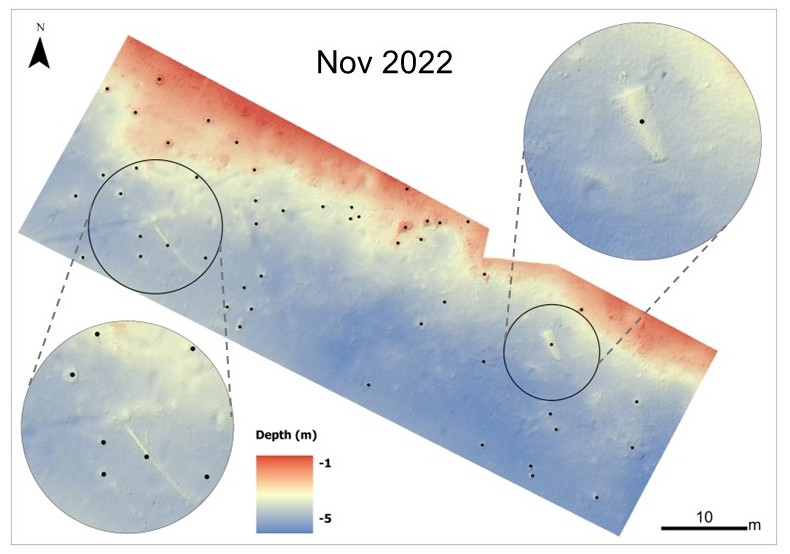
For this project, two study areas were selected and both are characterized by the presence of marine litter that has accumulated over time: a lagoon area (Sacca Fisola) and a coastal area, the latter located on an abandoned mussel farm.The lagoon site of Sacca Fisola is situated in an area where waste accumulates in substantial quantities. Consequently, the channel's seabed is marked by a significant presence of waste. Some of these waste items are buried beneath layers of sediment, while many others remain visible on the surface and can be identified using the bathymetric map generated from MultiBeam EchoSounder (MBES) data.
-
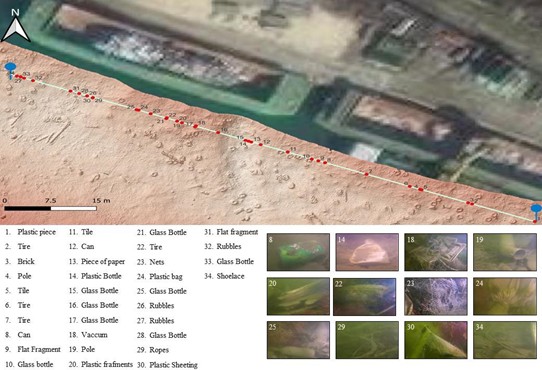
As part of the European MAELSTROM project, a combined approach using bathymetric analysis and underwater video inspections was applied to investigate marine litter (ML) accumulation on the seafloor in the urban area of Sacca Fisola (SF). The integration of multibeam echosounder (MBES) data with diver-operated video transects allowed not only the visual validation of acoustic results but also a more detailed mapping of litter items. During a 100-metre transect conducted by professional divers on 12 July 2022, 34 marine litter objects were identified and classified. This multiparametric strategy enabled the spatial georeferencing of debris and an estimate of their percentage coverage on the seafloor.
-
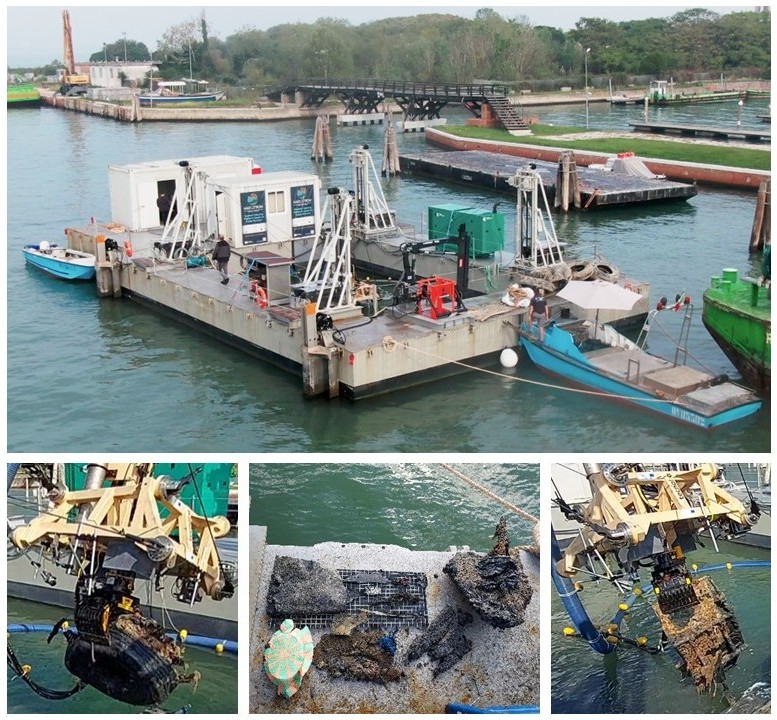
MAELSTROM (Smart Technology for Marine Litter Sustainable Removal and Management) is a Horizon 2020 (H2020) project co-funded by the European Commission, bringing together 14 partners, including research centers, recycling companies, marine scientists, and robotics experts, from eight European countries. The project seeks to reduce the environmental impact of marine litter (ML) on coastal ecosystems by identifying accumulation hotspots, intercepting floating river waste, and removing plastic-based debris from the seabed to prevent its breakdown into microplastics (MPs). At the core of MAELSTROM’s innovative solution is an advanced robotic seabed cleaning platform, developed collaboratively by TECNALIA, CNRS-LIRMM, and "Servizi Tecnici." This floating structure serves as a base station for the cleaning robot, deploying it via cables and winches while integrating a sophisticated suite of underwater sensors to detect, identify, and manage marine litter. The platform supports two key tools: a dredge for collecting smaller debris and a gripper for retrieving larger items, such as tires, boat fragments, and fishing nets. Designed to function as an adaptable and sustainable system, this platform exemplifies cutting-edge technology for marine litter removal and management.
-
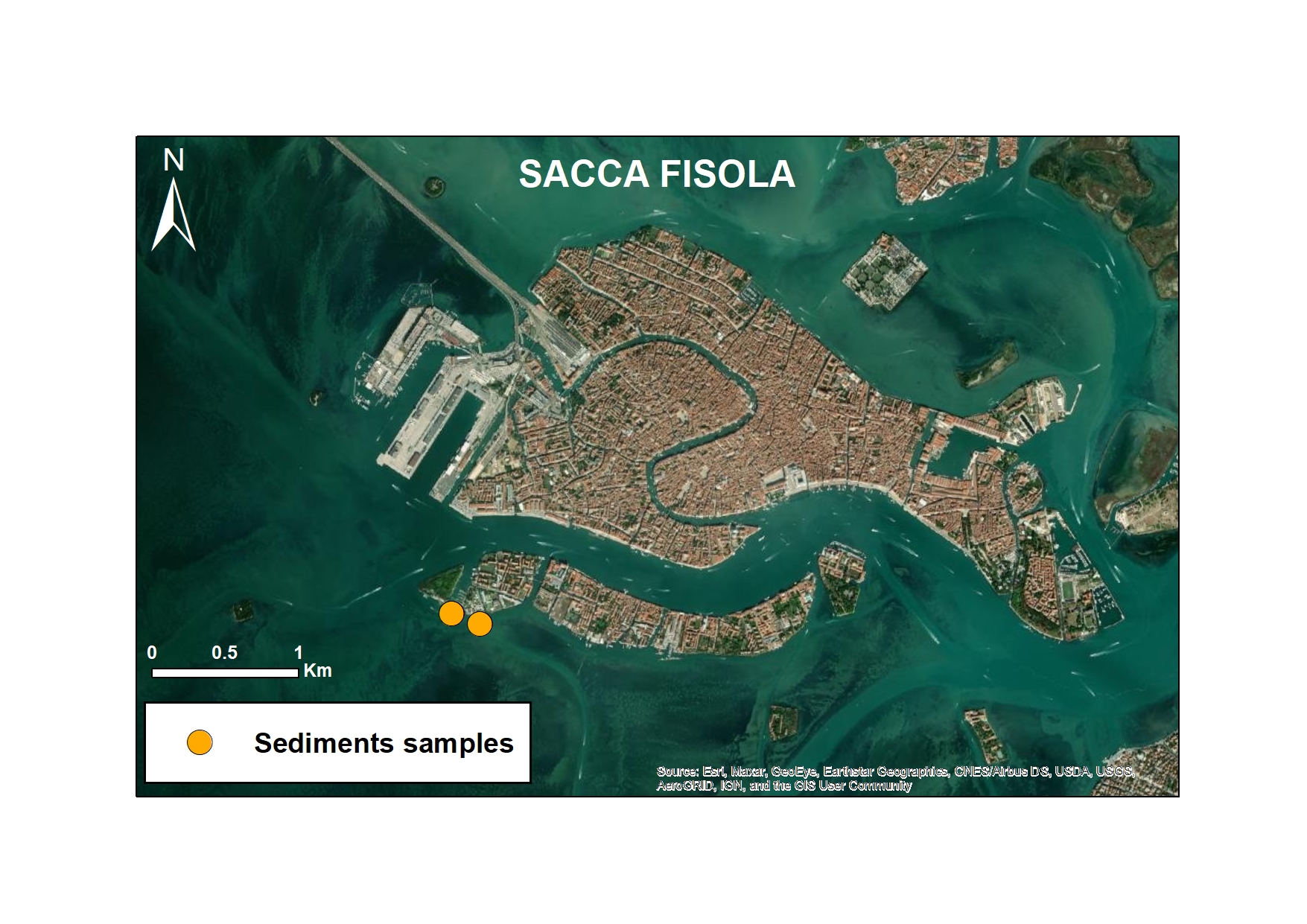
As part of the European MAELSTROM project, microplastic monitoring was carried out to assess the impact of marine cleaning operations. The study focused on two representative sites: Sacca Fisola, within the Venice Lagoon, characterised by high maritime traffic, and Mussel Farm, a coastal area near Cavallino-Jesolo, a former mussel farm. Both sites were monitored every six months and divided into before and after cleaning activities performed by the Seabed Robotic Cleaning Platform (autumn 2022 and spring 2023 for the Sacca Fisola site and late spring 2023 for the Mussel Farm site). This innovative robotic system has been designed to remove macro-litter from the seabed. Monitoring also focused on surface sediments with the main objective of assessing the correlation between macro-litter removal and changes in MP concentrations in sediments.
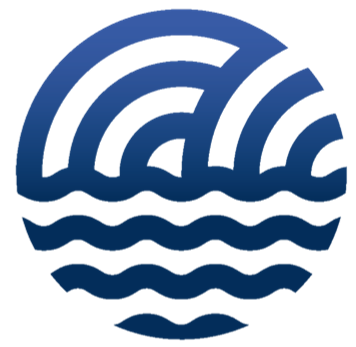 CNR-ISMAR
CNR-ISMAR